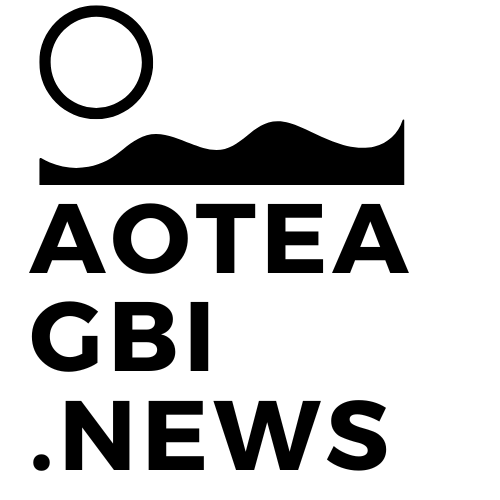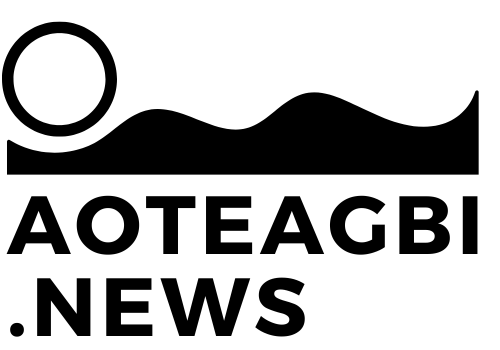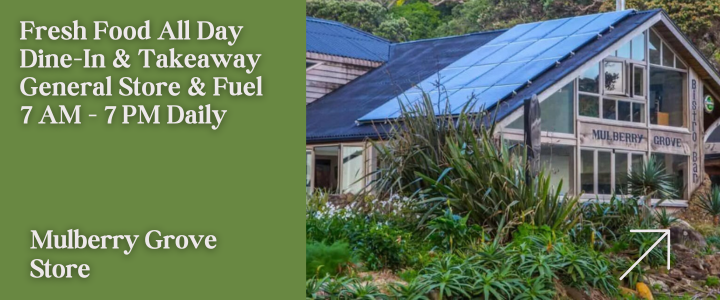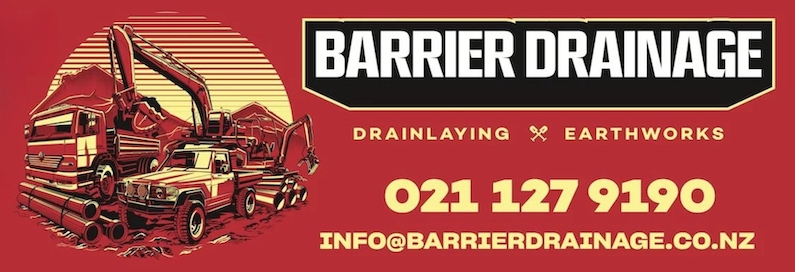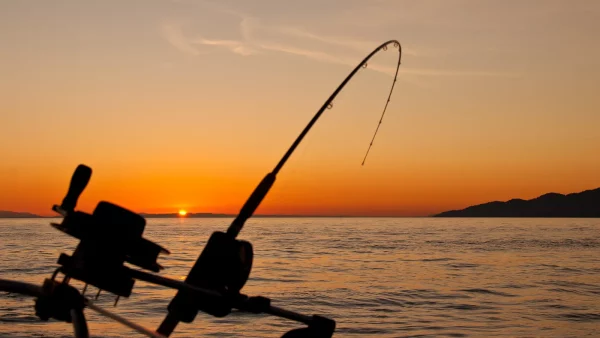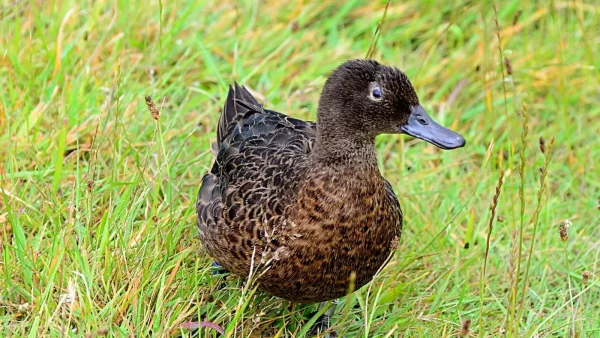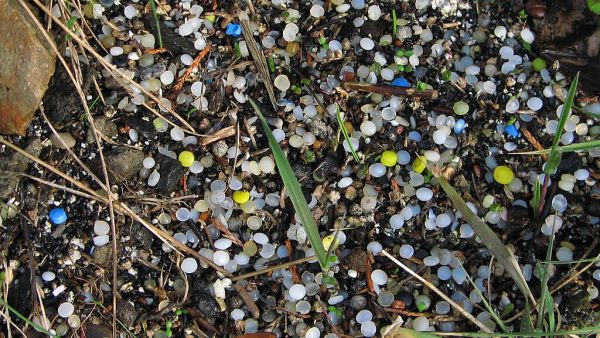By Claire Concannon of RNZ @cconcannonsci ourchangingworld@rnz.co.nz
Follow Our Changing World on Apple Podcasts, Spotify, Stitcher, iHeartRADIO, Google Podcasts, RadioPublic or wherever you listen to your podcasts
Excitement rises on board the expedition yacht Evohe as the largest of the Antipodes Islands appears out of the mist.
These subantarctic islands are wild and remote – some 860km southeast of Rakiura Stewart Island. Their isolation, in a far-flung corner of the South Pacific, means they’re some of the most untouched islands in the world.
They’re also brimming with wildlife.
A wildlife hotspot
Department of Conservation rangers Jemma Welch and Erin Patterson will soon be landing to meet some of the wildlife and start their task: a whole-island count of the Antipodean albatross. Erin dreams of romping through megaherbs, while Jemma, a self-confessed seabird nerd will be in her element – 21 seabird species breed here.
It’s an incredible landscape. Tussock growing in pillars up to two metres tall, pipits and snipe and parakeets roaming, albatrosses and petrels floating overhead, fur seals and elephant seal pups hauled up in the rocky coves.

With great biodiversity comes great responsibility
The Antipodes Islands, like the other subantarctic islands, have their own cultural and social history, alongside their incredible natural history.
In the early 1800s gangs of sealers decimated the fur seal population on these islands. Along the way mice were introduced. Remarkably – and fortunately – rats never established.
Subantarctic snipe on the Antipodes Island. Photo: Department of Conservation
But the mice were enough to have a major impact. Their population swelled to huge numbers (an estimated 200,000 across the 21 km2 island). This multitude of mice munched their way through a large portion of the native invertebrates on the island – many of which are endemic, meaning they’re not found anywhere else.
This drop in invertebrates had a knock-on effect: it reduced the amount of food available for insect-loving birds like the pipit and snipe. The mice themselves also disrupted burrowing seabirds. And there was another fear of what might be to come as gruesome footage emerged from other islands where mice had developed the disturbing behaviour of eating live albatross chicks as they sat on the nest.
For all these reasons, the Million Dollar Mouse project was launched, to eradicate mice from the island. But this would be no easy task. The islands’ geographical isolation and lack of sheltered harbours, coupled with the need to target mice during the winter, made for tricky logistical problems that eradication team manager Stephen (Steve) Horn worked hard to solve.
Completed in 2016 and declared successful in 2018 after a comprehensive island check, the mice removal has allowed the entire ecosystem to flourish again.

One of these things is not like the other
With the Million Dollar Mouse project complete, four out of New Zealand’s five subantarctic island groups are now pest free.
Now four out of five ain’t bad. But the fifth poses a challenge for Steve. It is the main Auckland Island – the fifth largest island in New Zealand – home to unique biodiversity.

Steve’s team spent three years researching and testing different methods to remove the pigs, mice and cats that are still on the island, and in 2021 released a feasibility report. Like the Antipodes, it’s a massive logistical puzzle, complicated by the sheer size of the island and the number of pests to eradicate. Ridding Auckland Island of pests would cost an estimated $78 million dollars across eight years.
Listen to the audio to hear what the plan will be – and why, in Steve’s opinion, it’s worth finding the funding for.

Learn more:
- Our Changing World visited the Antipodes Islands in 2014, when Alison Ballance tagged along with a team working to restore the hut in advance of the mouse eradication project.
- The Million Dollar Mouse project was completed in 2016. Stephen Horn also spoke to Alison Ballance about the logistical challenges then.
-RNZ
